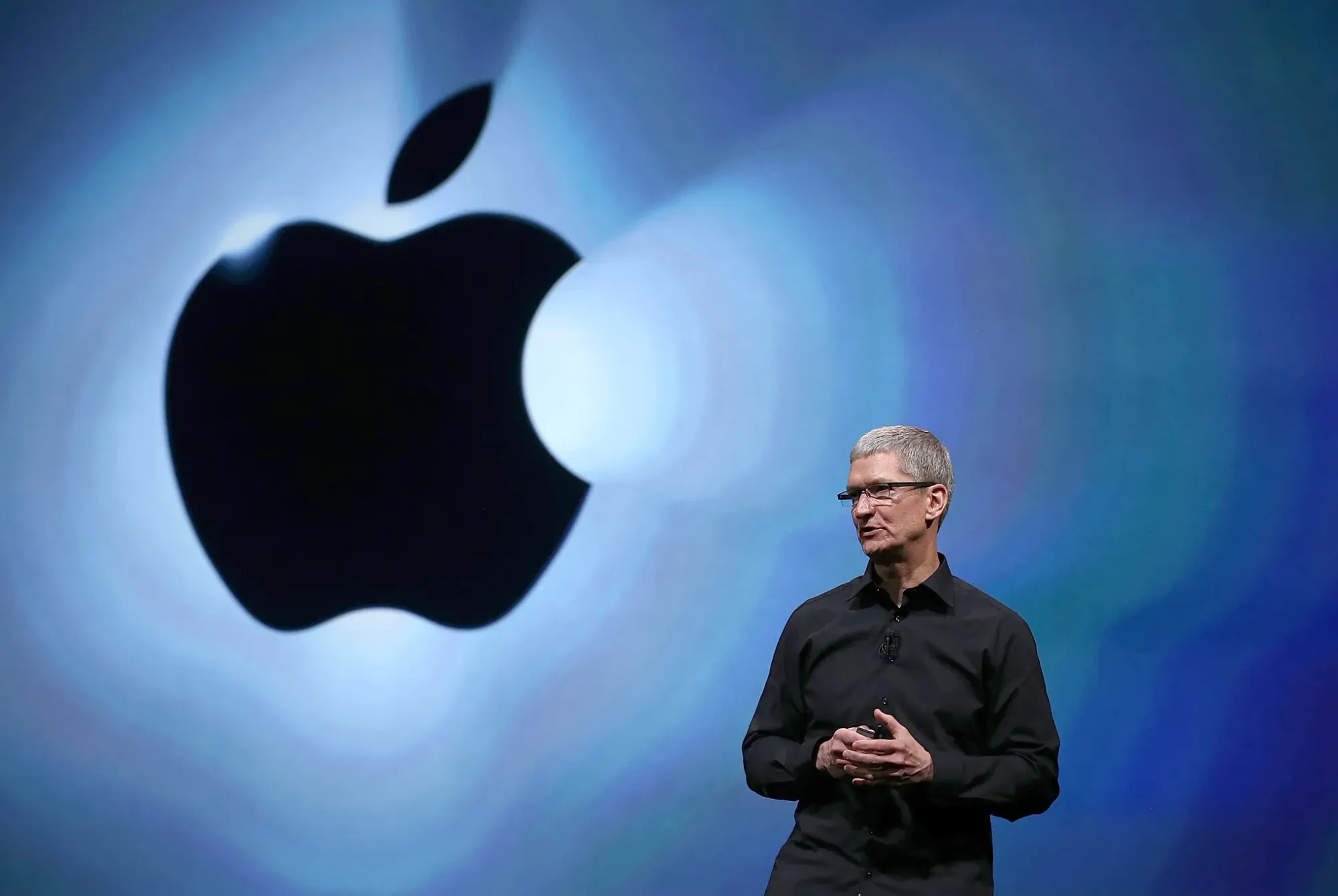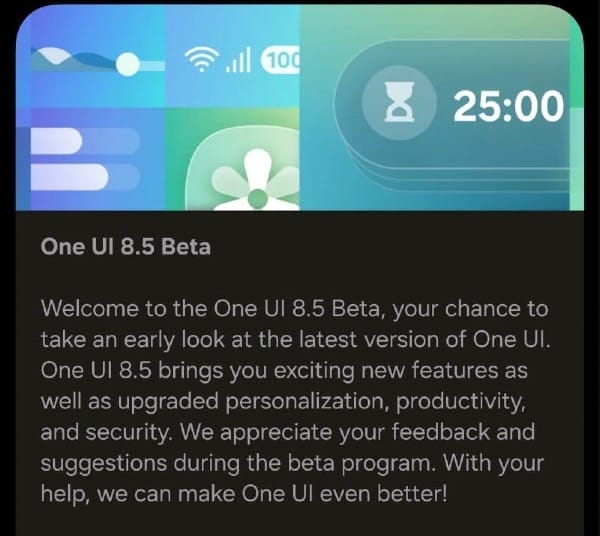In a high-profile announcement on August 6, 2025, Apple unveiled a $100 billion investment in U.S. manufacturing, boosting its total domestic commitment to $600 billion over the next four years. This move, part of the newly launched American Manufacturing Program (AMP), comes with a significant perk: a full exemption from President Donald Trump’s proposed 100% tariff on imported semiconductors and chips. The announcement, made alongside Trump in the Oval Office, signals a strategic alignment between Apple and the current administration’s push for domestic production. But what does this mean for Apple politically and financially? Let’s break it down.
Political Implications: A Truce with the Administration
Apple’s relationship with the Trump administration has been a rollercoaster. Recent months saw tensions flare as Trump and his allies publicly pressed Apple to bring iPhone manufacturing to the U.S.—a demand analysts have long deemed impractical due to cost and supply chain complexities. Posts on X captured the sentiment, with some users praising Apple’s strategic maneuvering, while others criticized it as corporate favoritism. One post noted, “Apple’s $100B domestic manufacturing expansion under Trump’s leadership is a textbook America First win—reshoring production, creating jobs, and securing tech supply chains”.
The $100 billion pledge appears to have smoothed things over. By committing to significant U.S. investments, Apple has positioned itself as a model for Trump’s “America First” agenda, which emphasizes domestic job creation and reduced reliance on foreign manufacturing. The exemption from the 100% chip tariff—a policy that could have cost Apple billions—underscores the leverage Apple wields due to its market cap and influence. Trump’s own words during the press conference highlight this: “The good news for companies like Apple is, if you’re building in the United States, or have committed to build, there will be no charge”.
However, this deal raises questions about equity. Critics argue that exemptions like Apple’s favor large corporations with the resources to make hefty investment pledges, potentially leaving smaller firms exposed to tariff costs. A post on X pointed out that Apple’s strategy of encouraging suppliers to source American parts, rather than fully assembling devices domestically, still qualifies for relief, which some see as a loophole. Politically, Apple’s move strengthens its standing with the administration but risks fueling debates about corporate privilege in trade policy.
Financial Implications: Cost Avoidance and Market Confidence
Financially, the tariff exemption is a major win for Apple. The company reported absorbing $800 million in tariff costs in the fiscal third quarter of 2025, with projections of a $1.1 billion hit in the current quarter if tariffs remained unchanged. A 100% tariff on imported chips—sourced primarily from partners like Taiwan Semiconductor Manufacturing Company (TSMC)—could have driven up costs for Apple’s iPhones, iPads, and Macs, potentially forcing price hikes that might erode its competitive edge. By securing the exemption, Apple shields its supply chain and maintains pricing stability, a critical factor in a market sensitive to consumer electronics costs.
The $100 billion investment, while substantial, aligns with Apple’s existing spending patterns. The company had already committed $500 billion to U.S. operations earlier in 2025, including hiring 20,000 workers and building a server factory in Texas. The additional $100 billion includes initiatives like expanding partnerships with suppliers such as Corning for iPhone and Apple Watch cover glass production in Kentucky and a new chip manufacturing deal with Samsung in Austin, Texas. These moves focus on domestic component production rather than full iPhone assembly, which remains cost-prohibitive in the U.S.
Market response was swift and positive. Apple’s stock surged 5.1% during trading on August 6, with an additional 3.5% gain after hours, reflecting investor confidence in the company’s ability to navigate trade barriers. The exemption and investment pledge position Apple to avoid supply chain disruptions and capitalize on federal incentives like the CHIPS Act, which supports U.S. semiconductor production. However, the investment isn’t without risks. Analysts note that redirecting supply chains to the U.S. could involve upfront costs and logistical challenges, especially if Apple’s partners like Samsung and Corning face delays in scaling up domestic facilities.
Strategic Partnerships and Innovation
A standout element of the AMP is Apple’s new chip manufacturing partnership with Samsung at its Austin facility. Apple claims this collaboration will introduce “an innovative new technology for making chips, which has never been used before anywhere in the world”. While details are scarce, speculation suggests this could involve next-generation ISOCELL camera sensors or other advanced components. This move diversifies Apple’s chip supply chain away from TSMC, which is also expanding U.S. operations with a $165 billion investment. By partnering with Samsung, Apple hedges against potential supply chain vulnerabilities amid U.S.-China trade tensions.
The AMP also includes expansions like a 250,000-square-foot server facility in Houston for Apple Intelligence and Private Cloud Compute, a new Apple-Corning Innovation Center in Kentucky, and an Apple Manufacturing Academy in Detroit. These initiatives signal Apple’s long-term bet on U.S.-based advanced manufacturing and AI infrastructure, aligning with broader industry trends toward technological self-reliance.
Broader Context: A Shifting Trade Landscape
Apple’s deal comes against a backdrop of escalating trade tensions, particularly with China, where the company has historically relied on partners like Foxconn for manufacturing. Trump’s tariff strategy, including a 145% tariff on Chinese goods, has pushed Apple to diversify its supply chain to countries like India and Vietnam. The chip tariff exemption incentivizes further onshoring, but it also highlights the complexity of global trade. Economists warn that widespread tariffs could lead to inflationary pressures, with one estimate suggesting an average tax increase of $1,300 per U.S. household in 2025.
For Apple, the exemption mitigates immediate financial pain but doesn’t eliminate long-term challenges. The company must balance domestic investments with global supply chain efficiency while navigating political pressures. As one X post put it, “Apple’s $100B is a down payment on manufacturing as national strategy”. This suggests Apple’s move is as much about securing its market position as it is about aligning with U.S. policy goals.
Conclusion: A Calculated Play
Apple’s $100 billion commitment and tariff exemption reflect a masterful navigation of political and financial currents. Politically, it mends ties with the Trump administration and positions Apple as a leader in domestic manufacturing. Financially, it protects margins, boosts investor confidence, and leverages federal incentives. However, the deal’s success hinges on execution—Apple and its partners must deliver on these investments without compromising cost efficiency. As trade policies evolve, Apple’s ability to adapt while maintaining its global dominance will be closely watched.
What do you think of Apple’s strategic pivot? Share your thoughts in the comments below.












Discussion